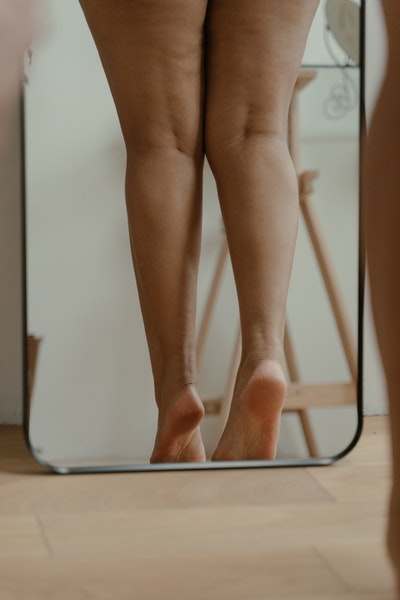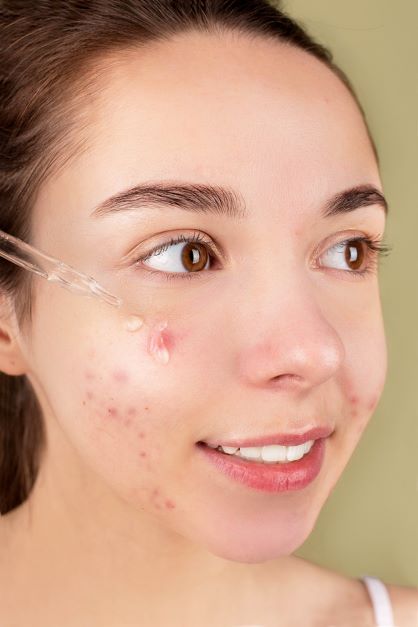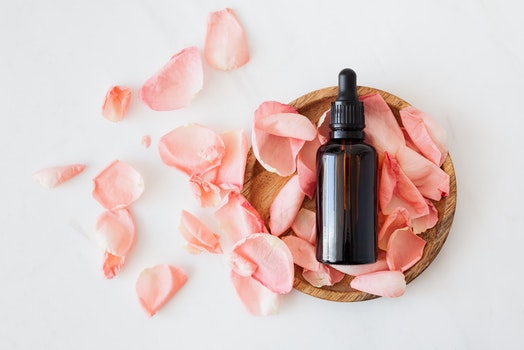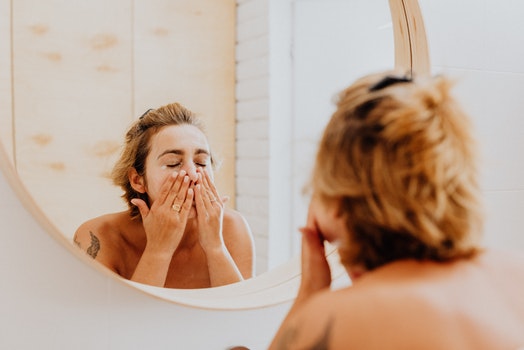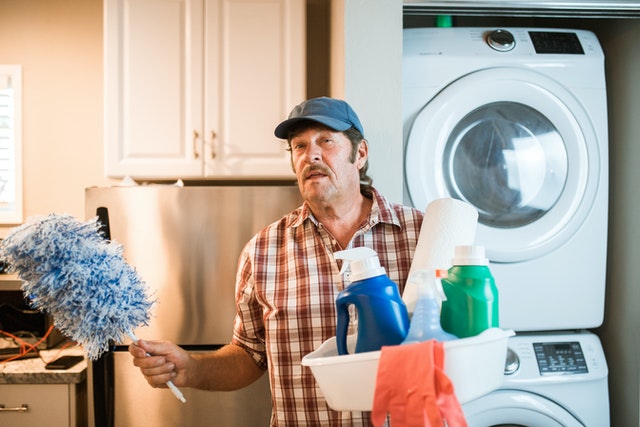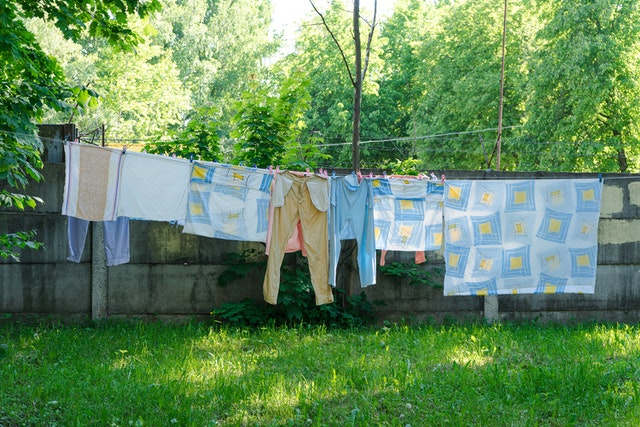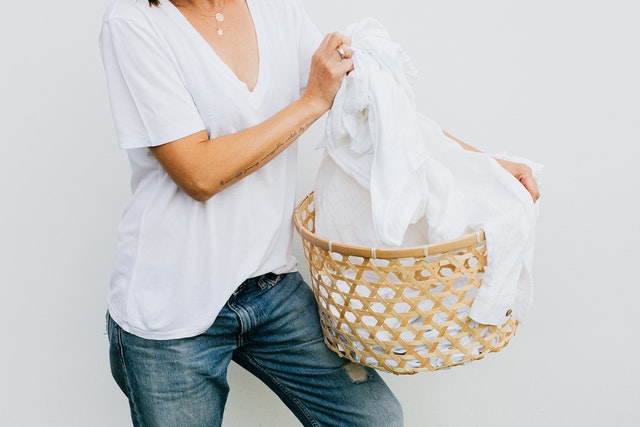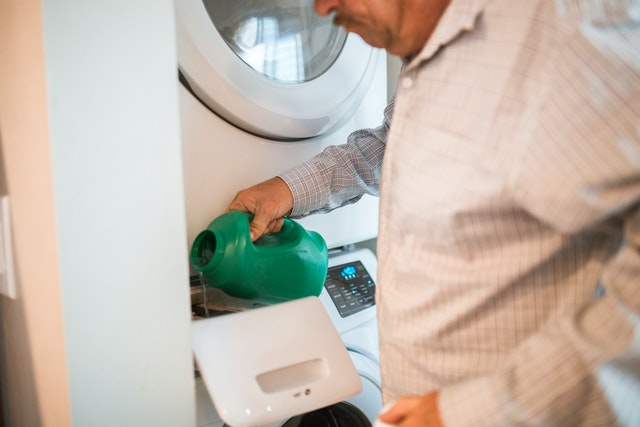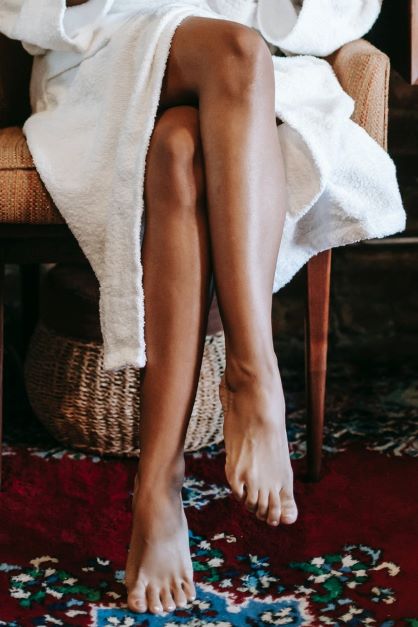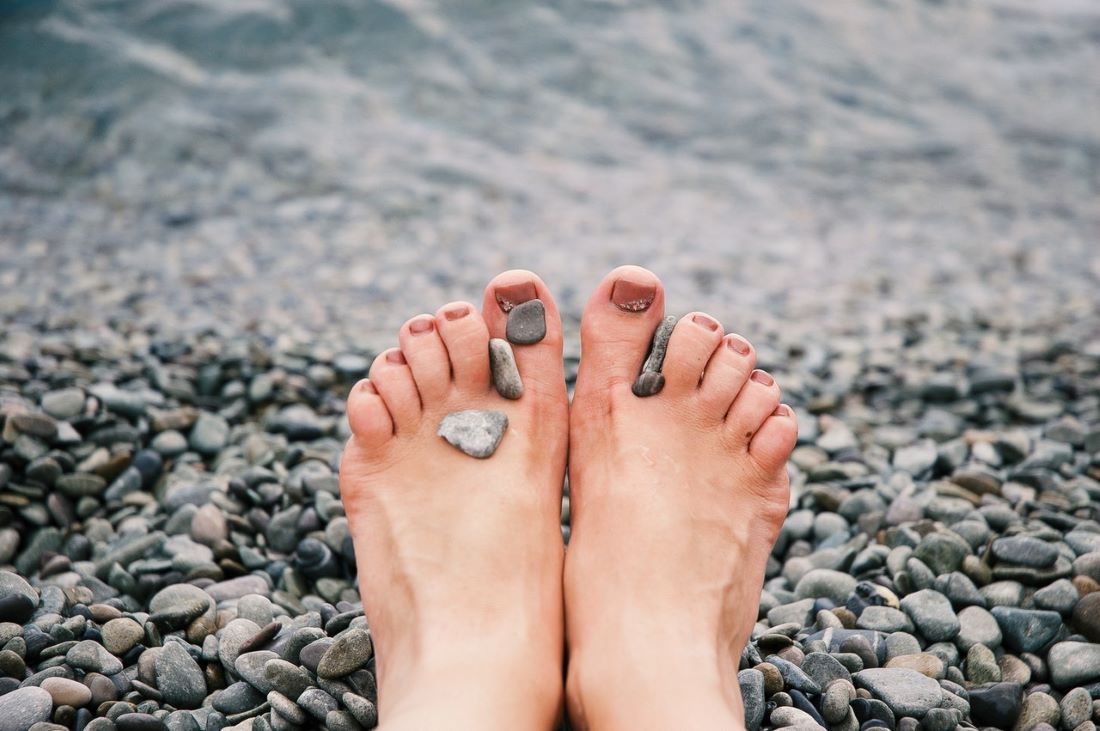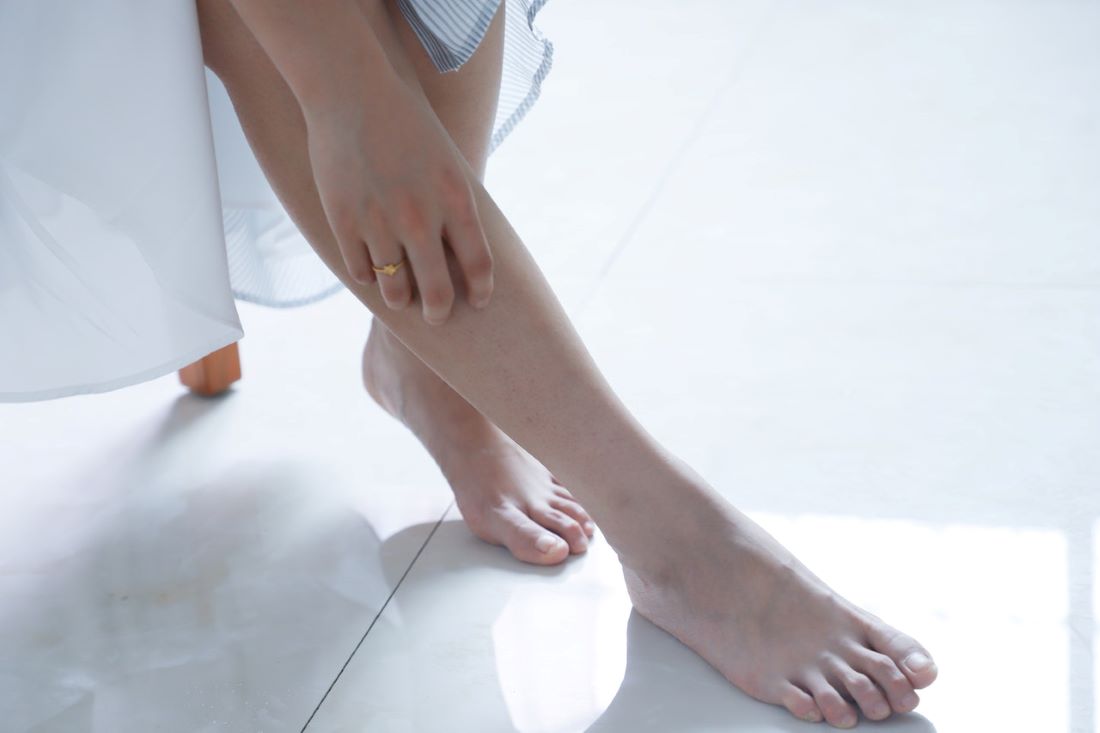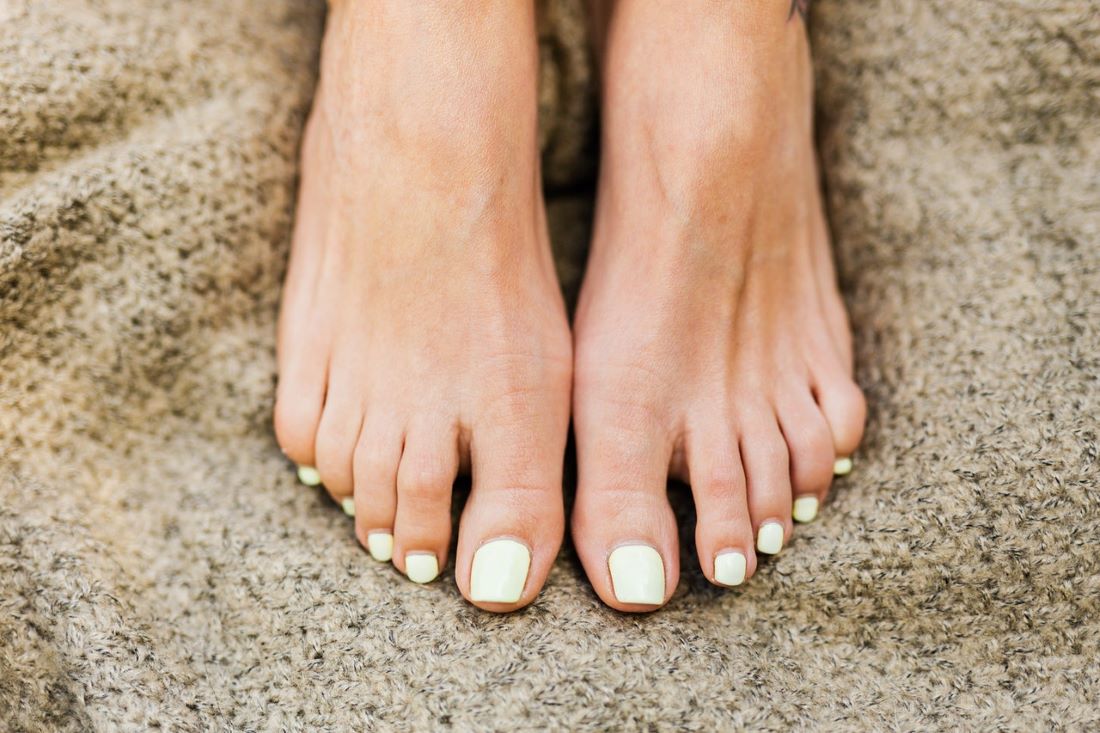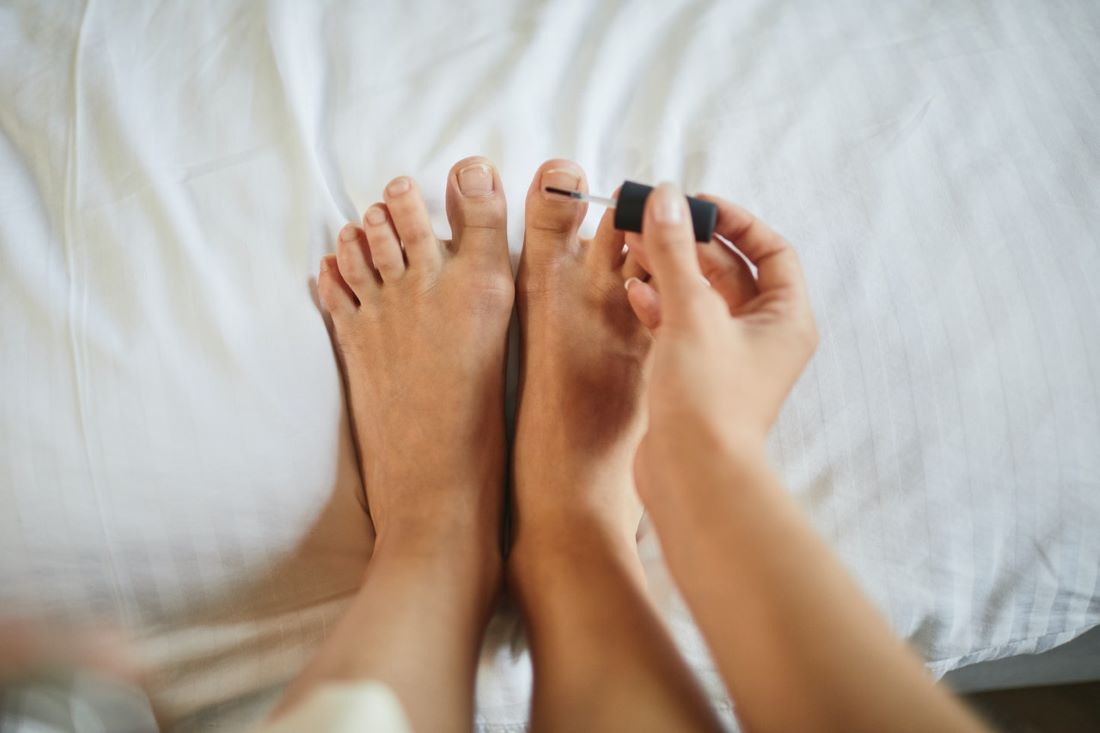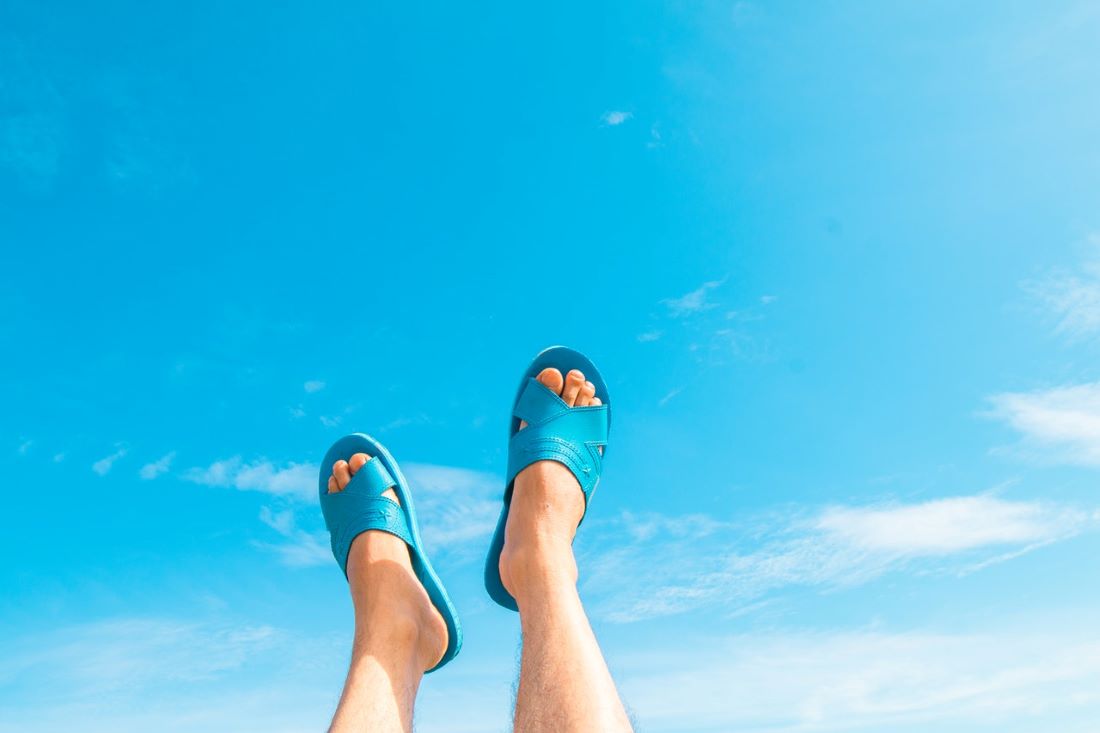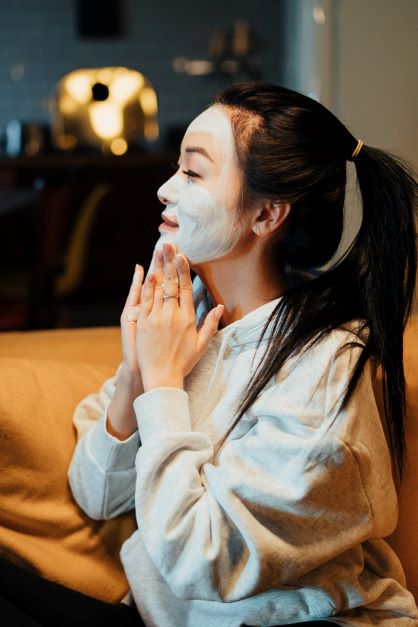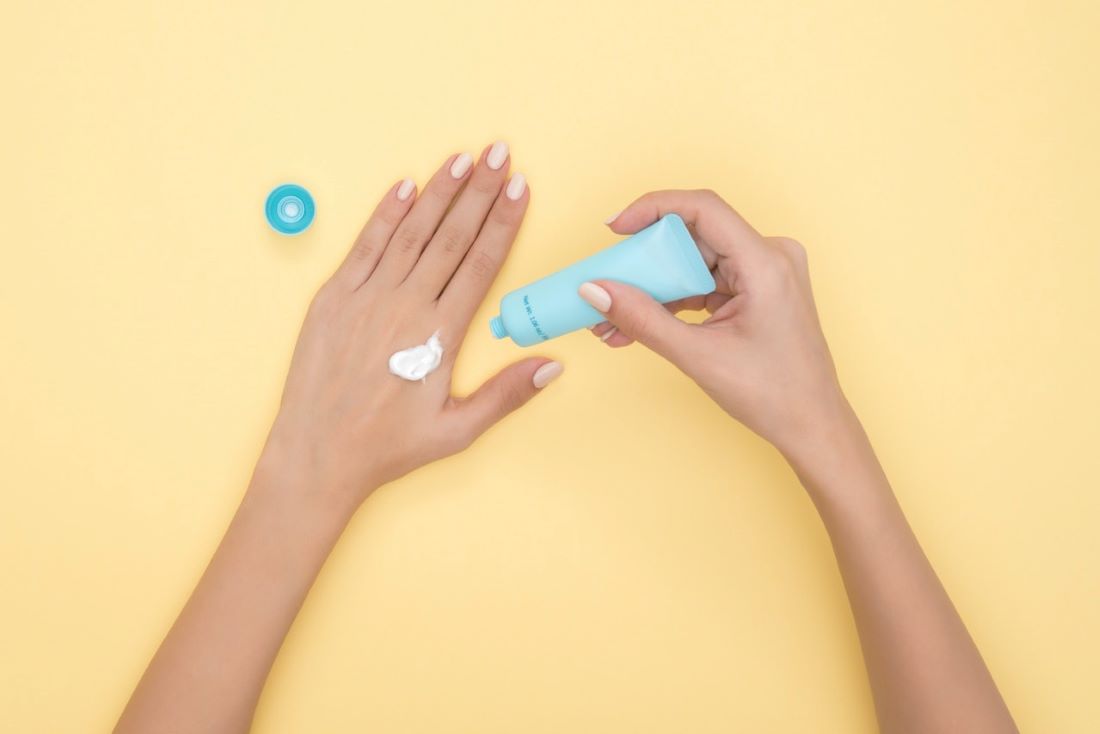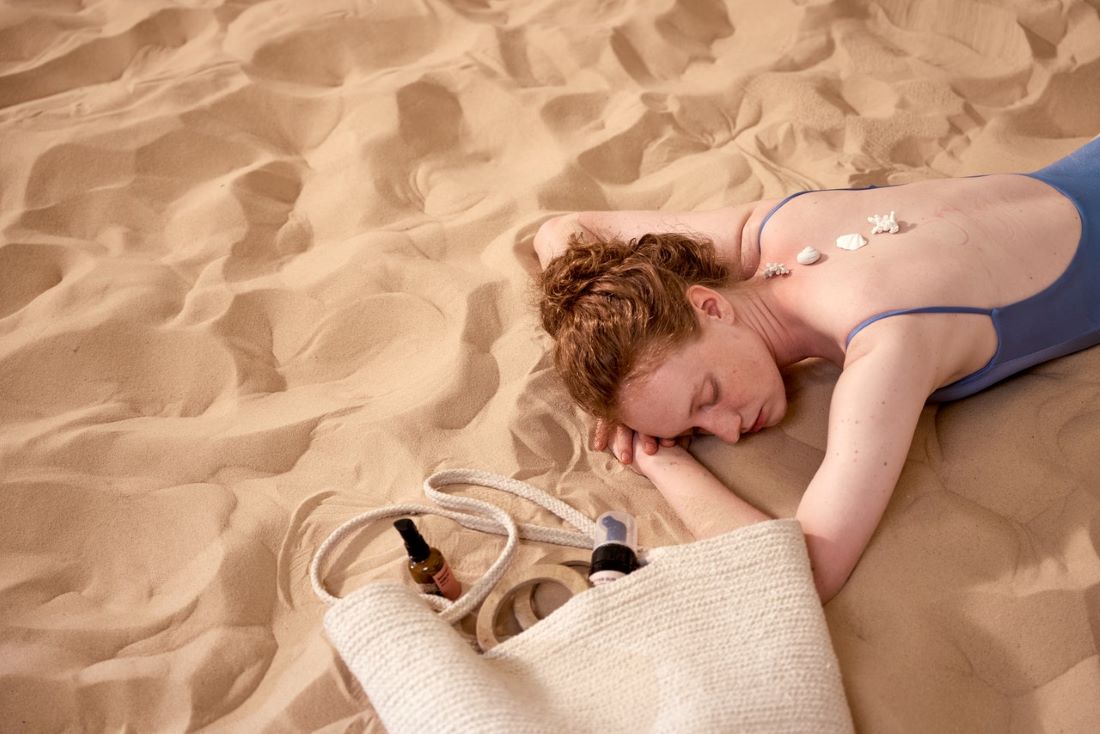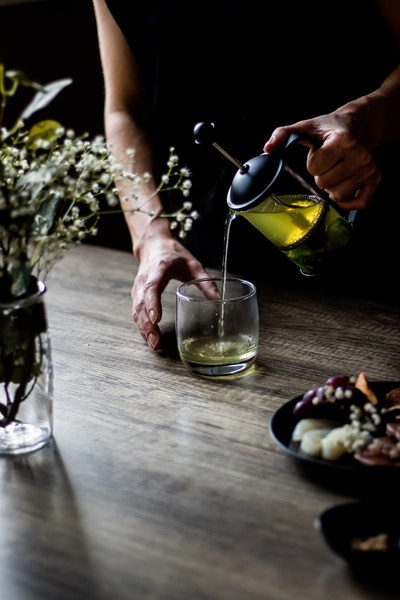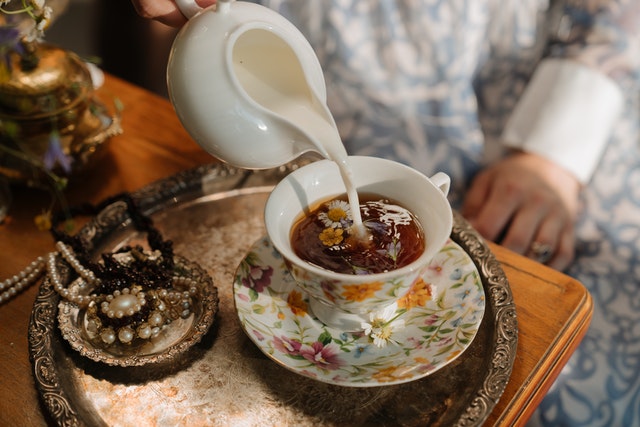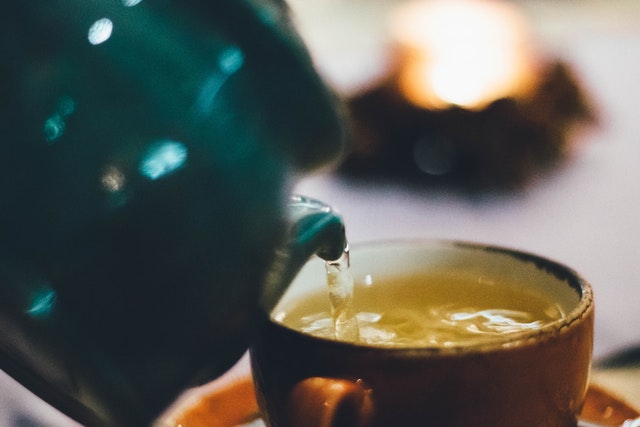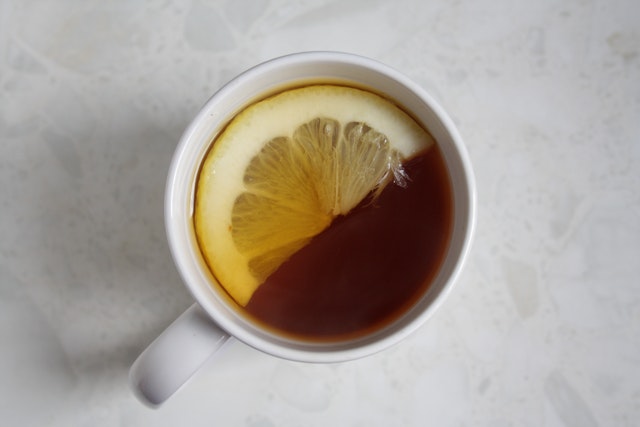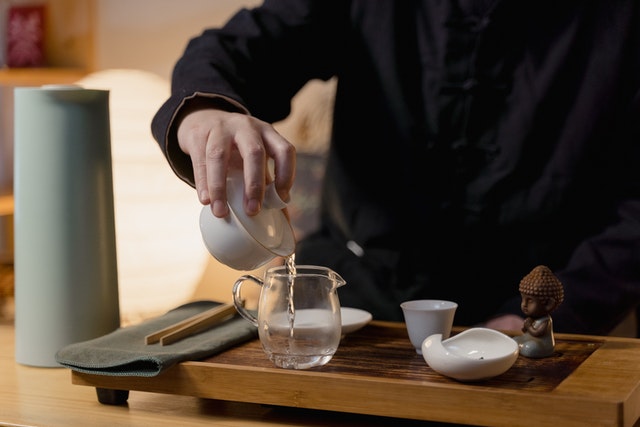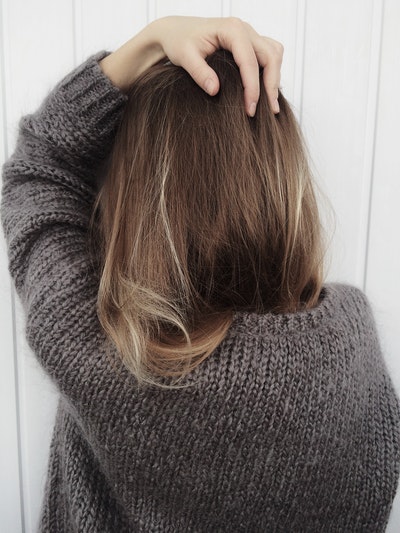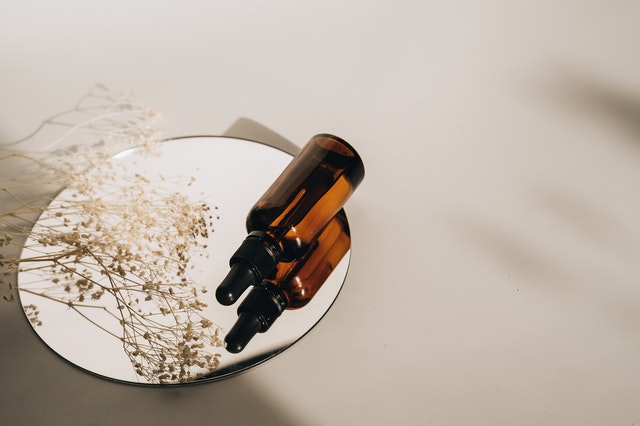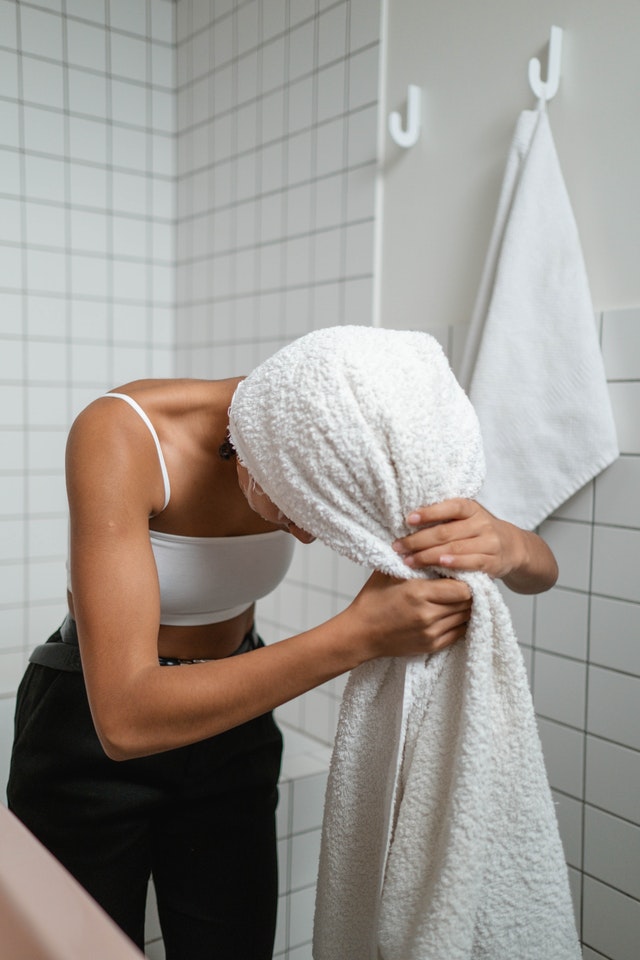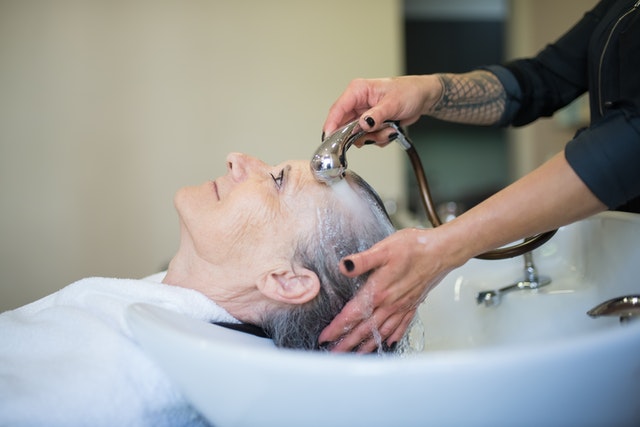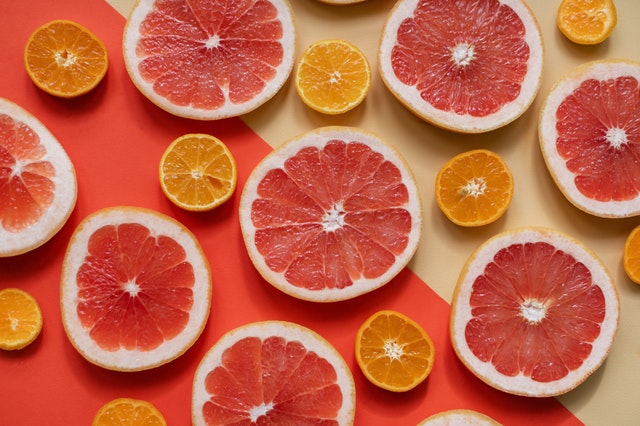Cellulite is as natural as gray hairs, crow’s feet and underarm “batwings.” And, like these three undeniable indicators of age, cellulite is less than welcome. If you are among the 85% of women who seem to develop just a bit more cellulite with each passing birthday, and if you’re tired of feeling a sense of dread every time you check out your bum, stomach or thighs in the mirror, rest assured in the knowledge that cellulite does not have to be forever. With a few easy tricks, you can reduce the appearance of cellulite and go out into the world with confidence once again.
1. Drink Your Daily 8 Cups

Dehydration can cause even the most taut areas of your body to appear wrinkled and saggy, so it makes sense that, when dehydrated, areas of cellulite appear more pronounced. By starting each day with just half a liter of water and consuming up to three liters per day, you can drastically reduce the appearance of dimpled skin. Rumor has it that if you add two to three lemons to your first glass of water, or by swallowing a teaspoon of apple cider first thing in the morning, you can kickstart the benefits.
2. Massage the Cellulite Away
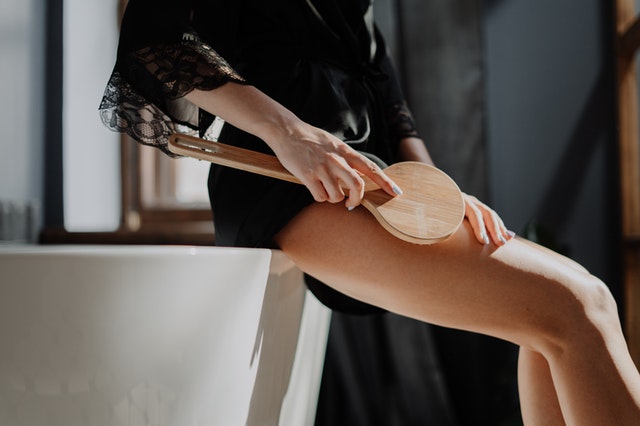
Cellulite is often the result of fluid buildup in the lymph nodes in the areas around the dimpled skin. By massaging on and around the areas of cellulite, you can encourage lymphatic draining and, in the process, reduce the appearance of cellulite. Massage can also help stretch the skin and make it appear firmer.
3. Maintain a Healthy Diet
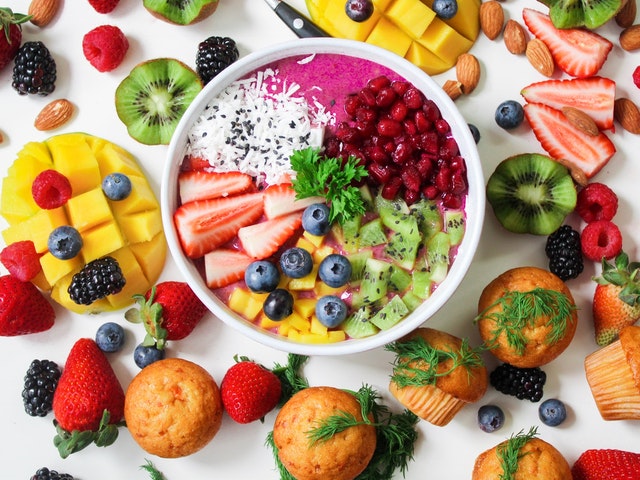
Despite popular belief, weight and cellulite are not directly related. However, low metabolism and cellulite are. By eating a healthy diet that is rich in leafy greens, whole grains, fibrous foods and other nutritious substances — and by avoiding salt, sugary beverages and processed foods — you can speed up your metabolism and reduce the severity of dimpled skin.
As a bonus, a healthy diet can help you reduce your body fat and achieve and maintain a healthy weight. Though, as already stated, there is not a direct correlation between weight and cellulite, increased muscle tone can diminish the bumpy appearance of fat cells and make your skin look firm and smooth.
4. Use a Homemade Coffee Scrub
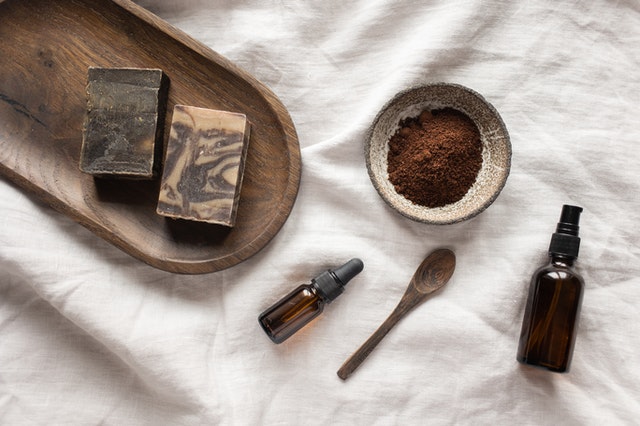
Coffee contains antioxidants and anti-inflammatory properties. As such, research suggests that, when applied topically, it can help reduce low-grade inflammation and improve blood flow, two outcomes that can help diminish the appearance of cellulite. If you’re a coffee drinker, set aside your used grounds each morning in a jar or a plastic bag. The next time you shower, use a loofa, washcloth or old toothbrush, and massage the coffee grounds into the problem areas. Let them soak in and really get to work while you wash your face, lather your hair, etc. Then, rinse off as normal.
Another homemade scrub that has promise as a quick cellulite treatment is the coffee, raw honey and cucumber juice mixture. Mix these three ingredients until you form a thick paste, then apply to the problem areas a few minutes before you hop in the shower.
5. Use Self-Tanner
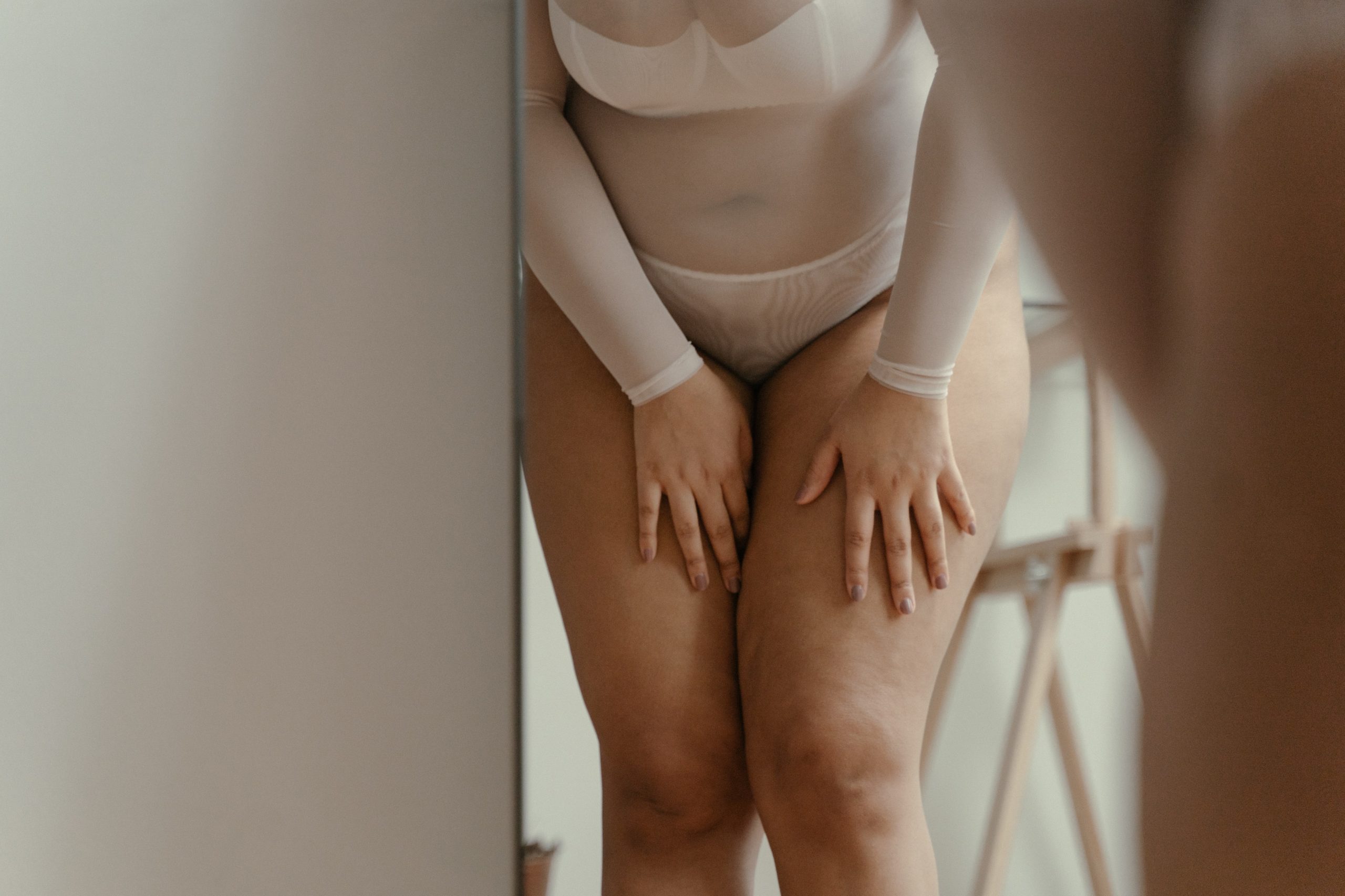
Though not a permanent fix, tanning lotion can help hide fine lines, wrinkles and cellulite. If you’re only concerned about cellulite when you wear certain outfits, use self-tanners to blur its appearance for the day.
Cellulite is completely natural, but that doesn’t mean it’s always welcome. Whether you want to hide it for a day or get rid of it completely, give the above five tricks a try.

